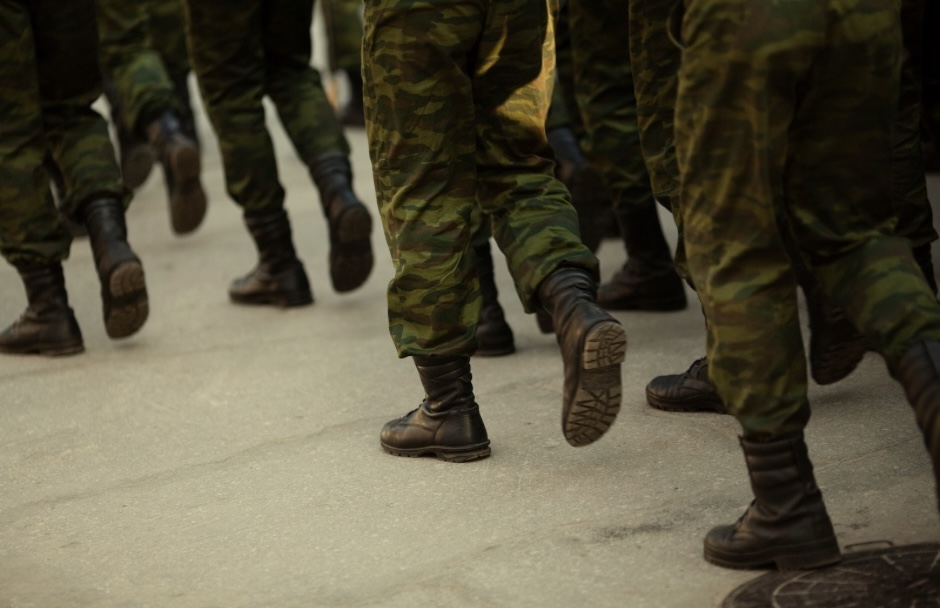LOS ANGELES, CA – An estimated 700 U.S. Marines are being mobilized from the Marine Corps Air Ground Combat Center in Twentynine Palms, approximately 140 miles east of Los Angeles, to Camp Pendleton in San Diego County. This mobilization will position the troops closer to Los Angeles, where they may potentially work alongside National Guard units to protect federal resources and personnel, according to NBC News.
The latest figures from police, nearly 70 individuals were arrested over the weekend during protests. This total includes 29 people arrested on Saturday for failure to disperse and 21 individuals arrested on Sunday on charges ranging from attempted murder involving a Molotov cocktail to looting and failure to disperse, as reported by the LAPD.
President Donald Trump wrote on Truth Social on Monday: “Looking really bad in L.A. BRING IN THE TROOPS!!!”
In response to the Marines deployment, LAPD Chief Jim McDonnell expressed concerns, stating that the “arrival of federal military forces in Los Angeles — absent clear coordination — presents a significant logistical and operational challenge for those of us charged with safeguarding this city.”
California Governor Gavin Newsom who opposed Trump sending the state’s National Guard, strongly criticized the President’s activation of Marines. In a post on X, he says that Marines are “heroes” who “shouldn’t be deployed on American soil facing their own countrymen to fulfil the deranged fantasy of a dictatorial president. This is un-American.”
Gavin also posted that he was informed “Trump is deploying another 2,000 Guard troops to L.A.”
Increasing tensions, California sued the Trump administration on Monday over its order to deploy National Guard troops to Los Angeles without the governor’s consent. The lawsuit argues that the President overstepped his authority when he called up the National Guard in defiance of Newsom, invoking a law that allows the president to do so under specific conditions.
So, when can a president deploy the National Guard? Here is the answer and more in a recent edition of the Fulcrum’s series, Just the Facts:
The President can deploy the National Guard directly under the Insurrection Act, but only in specified situations.
The Insurrection Act of 1807 allows the President to federalize the National Guard and deploy it on US soil when:
- The US is invaded or in danger of invasion
- There is a rebellion or danger of rebellion against the US government
- The President is unable to execute the laws of the United States with regular forces.
Did Trump invoke the Insurrection Act?
In response to the outbreak of protests in Los Angeles, President Trump did not invoke the Insurrection Act but instead referenced a specific provision of the U.S. Code on Armed Services, which allows for the federal command of National Guard troops in the event of “a rebellion or danger of a rebellion against the authority” of the United States.
However, the law also stipulates that such orders should be issued through the governors of the states, raising questions about Trump’s legal authority to bypass Governor Newsom.
Examples of National Guard deployments by presidents
- 1965: President Lyndon B. Johnson deployed the National Guard to Alabama to protect civil rights demonstrators.
- 1968: The Martin Luther King Jr. Assassination Riots prompted the federalization of the National Guard in several cities.
- 1970: The New York Postal Strike led to the deployment of the National Guard to assist with postal operations.
- 1992: President George H.W. Bush deployed the National Guard to Los Angeles after riots following the acquittal of police officers in the Rodney King beating case.
- 2020: In the wake of protests following the killing of George Floyd, National Guard troops were deployed in some states.
Calls for reform
In 2022, the Brennan Center for Justice submitted a proposal to the House committee investigating the January 6 Capitol attack, advocating for reforms to the Insurrection Act. The aim of these reforms is to clarify ambiguous language and update the Act to address contemporary issues.
The Brennan Center identified specific sections that require clarification, including the criteria under which the President can invoke the Act, which states that “any insurrection, domestic violence, unlawful combination, or conspiracy” is acceptable grounds.
The Center contends that this language is overly broad and could be interpreted in a way that allows the President to use the Act to respond to various forms of conspiracy, including protests or minor criminal acts, with active-duty military forces.
Hugo Balta is the publisher of the Latino News Network. He is the executive editor of the Fulcrum and an accredited Solutions Journalism and Complicating the Narratives trainer with the Solutions Journalism Network.
